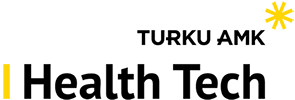Health Tech Lab
Health Tech Lab is a testbed environment for health technology at Turku University of Applied Sciences. It provides companies the opportunity to develop and test ideas, products and services.
The laboratory’s range of services includes e.g. usability testing of devices and software. Product development and testing can be made both in the Health Tech Lab premises and in field conditions as a part of genuine, experienced situations.



Laboratory equipment
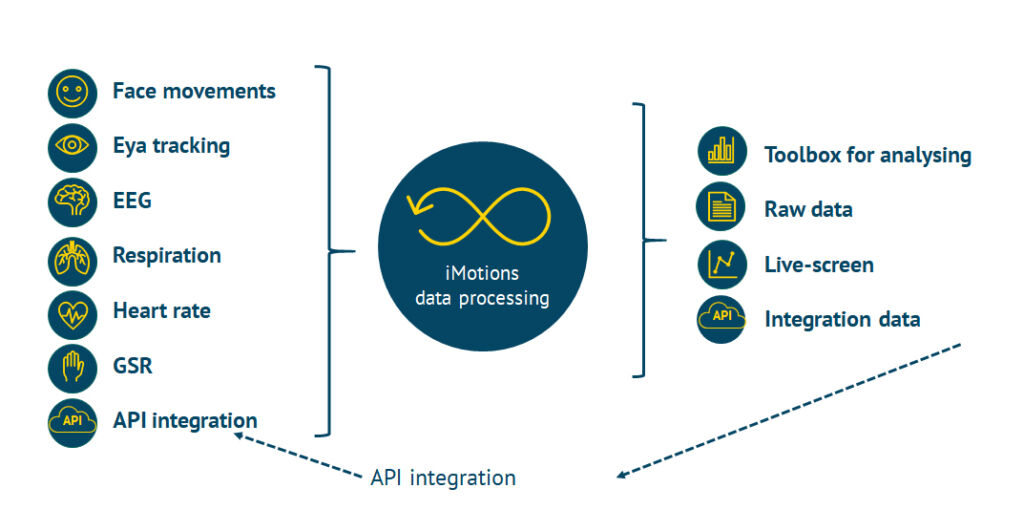
iMotions Research Platform
A central tool in the research laboratory, the iMotions software environment, enables the cooperation of several devices in studies. With the software, you can execute studies where the data obtained from devices is interpreted and analyzed seamlessly and simultaneously. The teaching and research opportunities provided by the software have raised the combination and analysis of different data sources to a whole new level.
Read more on the manufacturer’s website
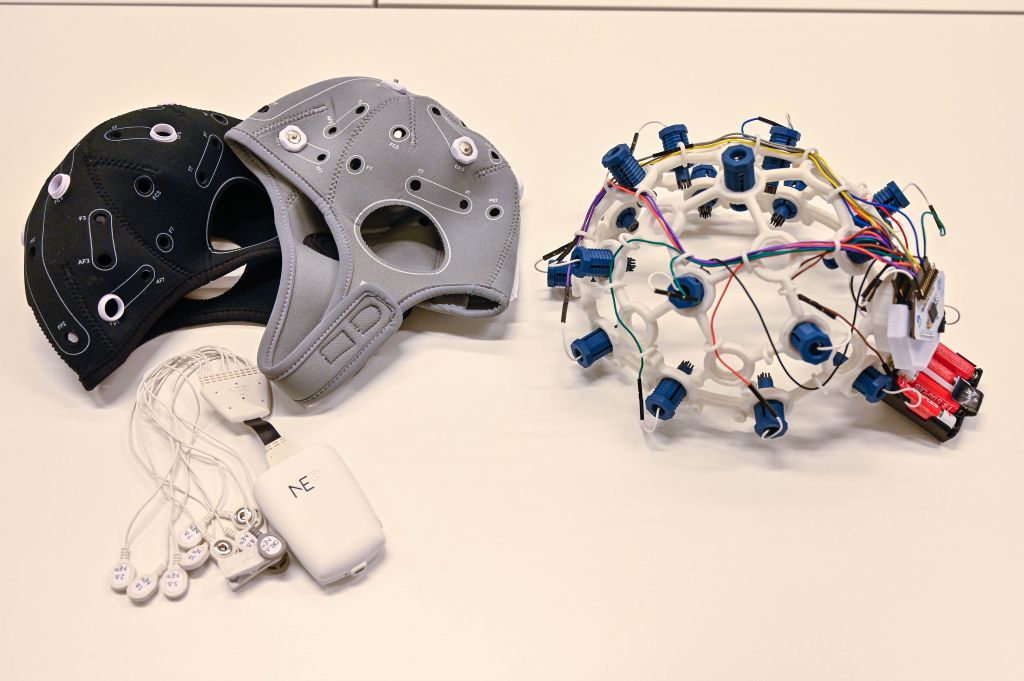
EEG headsets
We have two kinds of EEG headsets at the research laboratory. The EEG headsets of Neuroelectrics and OpenBCI enable the analysis of the brain functions of the research subject as a part of the studies. The electrical signals of the brain are studied with EEG, and the obtained data can be utilized in e.g., product development or usability testing. EEG headsets have opened a new dimension to research, and by utilizing different sources of data, we can obtain more information on research situations than ever before. Combining the headsets with other sensors enables increasingly fluent biometric measurements.
Read more on Neuroelectrics Enobio 8
Read more on OpenBCI
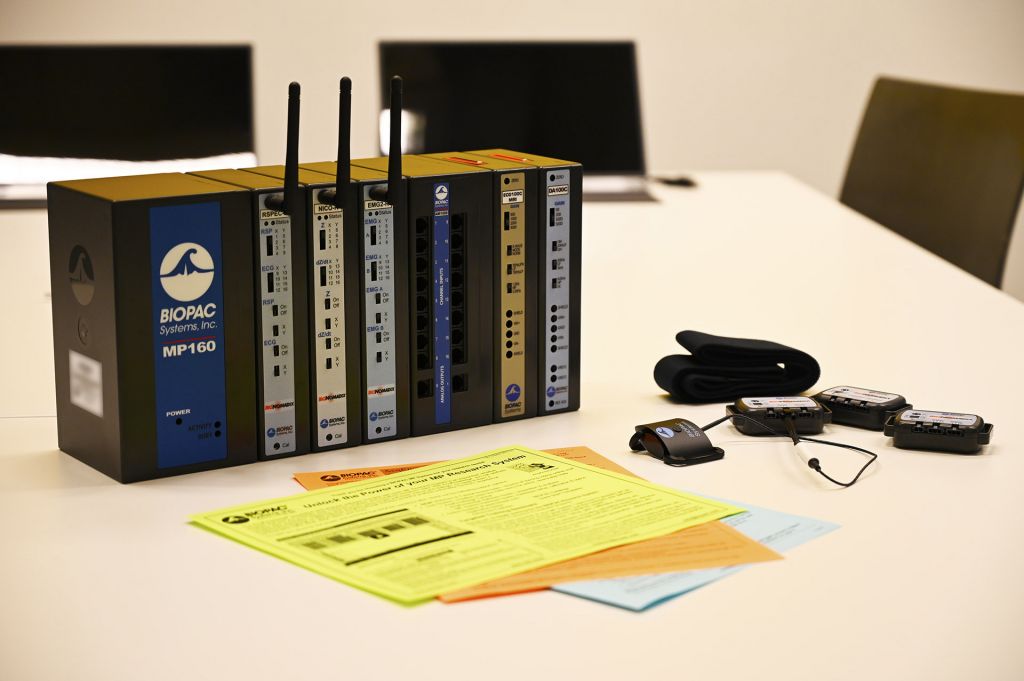
BioPac MP160
BioPac MP160 is a top-of-the-range modular data collection and analysis system. The entity, which also works with wireless sensors, can be modified according to each research situation and need. The system enables all measurements according to the current standards, such as EKG, HRV, EEG and EMG, and it can be tailored according to the needs of the research. The MRI compatible parts increase the research opportunities even further.
Read more on the manufacturer’s website

Shimmer Consensys Development kit
The Shimmer Consensys in use has enabled several different measurements in many kinds of tests and studies at Health Tech Lab. With Shimmer, we collect data from biometric measurements, such as IMU, EKG, EMG and GSR. The Shimmer equipment has greatly assisted in teaching and provided support for research due to its modular and extensive range of sensors.
Read more on the manufacturer’s website

Eye tracking
The laboratory’s range of sensors also includes different kinds of eye tracking devices. Pupil Labs Invisible and Tobii Pro Glasses are wearable glasses, which enable the tracking anywhere and at any time. Tobii Pro Fusion is a tracking device which is attached to a display, and it is a useful tool in software development and as a part of research. Eye tracking can be checked in real time or the data can be collected for later analysis.
Read more on the Tobii Pro products
Read more on Pupil Labs Invisible glasses
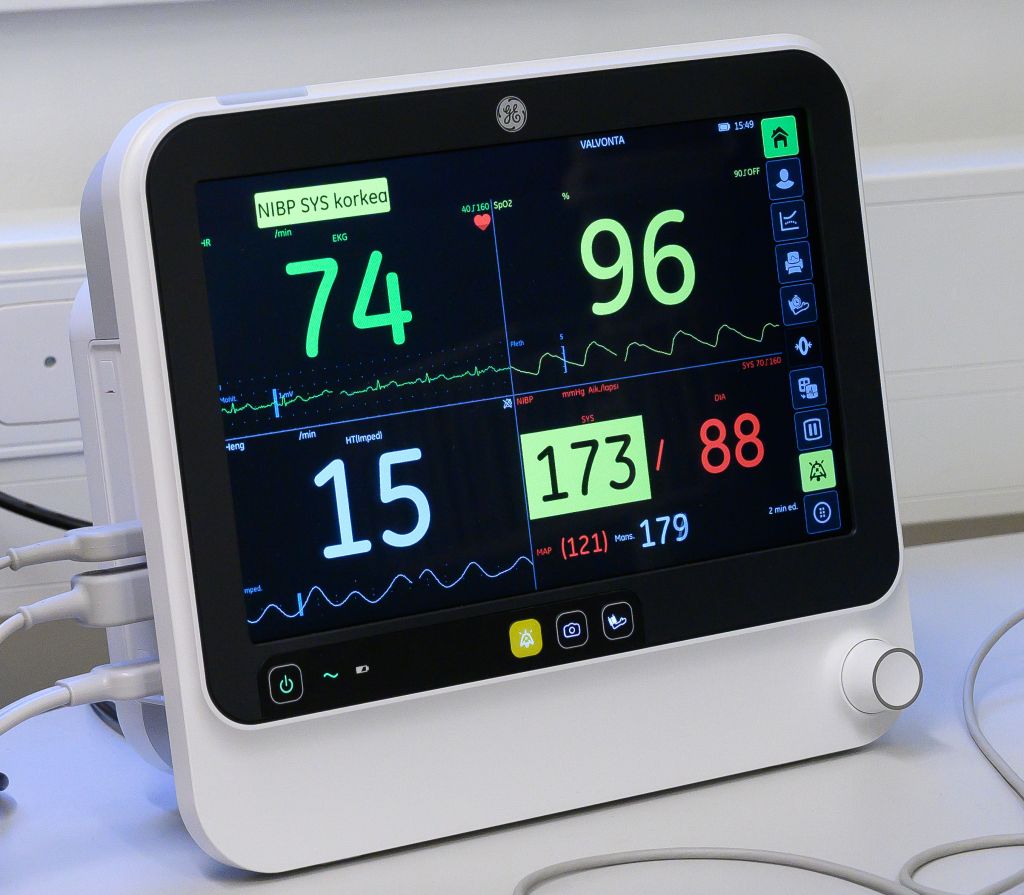
Patientmonitor
The patient monitor is a portable multi-parameter unit that can measure and monitor several different values from adults, children and newborn patients, as well as in the hospital environment as well as in the ambulance. The device can operate alone or connected to a hospital information system. The patient monitor can be used to measure blood pressure, take electrocardiogram, and monitor heart rate and oxygen saturation. There are two monitors in the laboratory, Ge Healthcare B125 and Philips Intellivue Mx100.
Read more Ge B125
Read more Intellivue Mx100
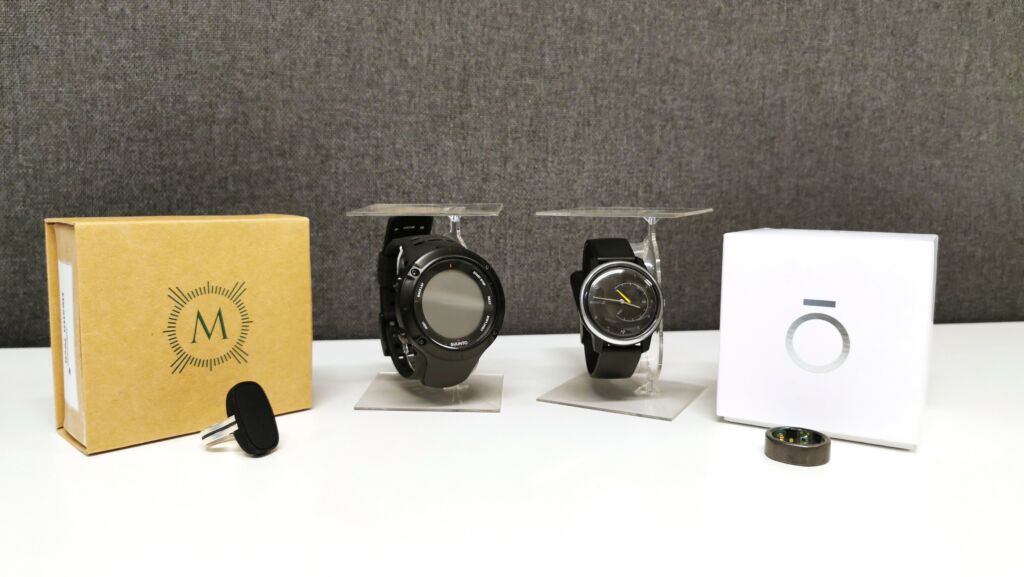
Wearable devices
Wearable devices collect user data and analyze it while providing information about our health or sport performance. Wearable devices, such as smartrings or -watches, keeps us up to date and helps us to stay in touch with ourselves. Step, heart rate and sleep traking are part of traditional tracking features, that almost every wearable device have, but new wearable devices have also a possibility to measure breathing, stress and recovery. In addition to these, sportwatches offer location tracking and customized training features. There are two smartrings, Oura- and Moodmetric-ring, and several smart- and sportwatches in the laboratory.
Read more about Oura-smartring
Read more about Moodmetric-smartring
Read more about Withings Move ECG-smartwatch
Read more about Suunto Ambit 3 Peak HR-sportwatch

AR- and VR-devices
Augmented reality (AR) devices create a view in to the screen of the glasses where is presented information that is collected from the computer. AR-devices can be used for example as a tool when a company is designing a new product or part for the indusrty. AR gives us a possibility to “handle” the product and give us more information of its features and benefits, when it can be studied more closely.
Virtual reality (VR) devices, on the other hand, create a completely artificial environment which can be based on imaginary or it can simulate a real test environment. In the simulated test environment it is possible to test the product or service with test subject in designed environment before the testing takes place in its real environment. There are AR-device Microsoft HoloLens 2 and VR-device Varjo VR-1 in the laboratory.
Read more about Microsoft HoloLens 2
Read more about Varjo VR-1
